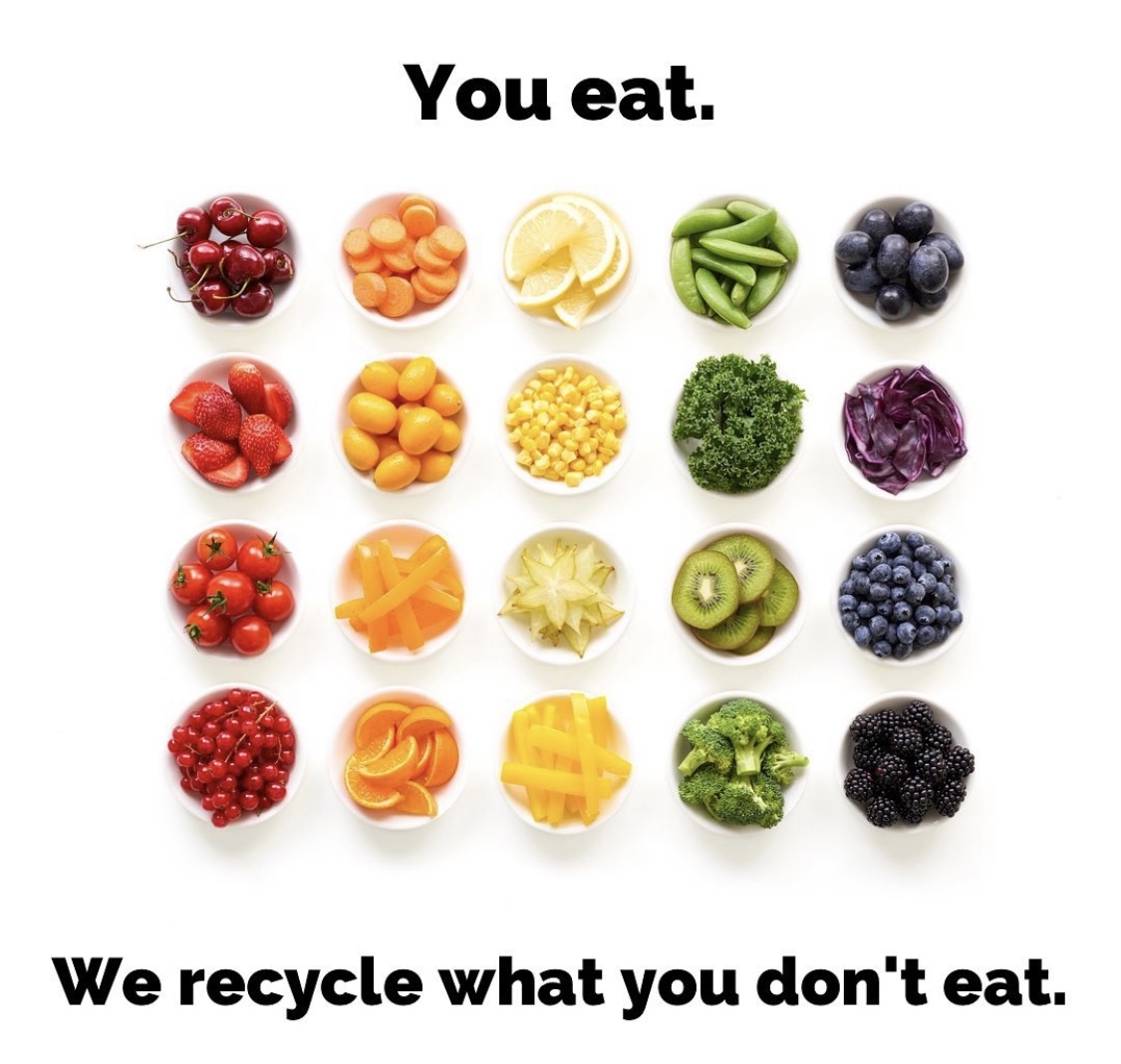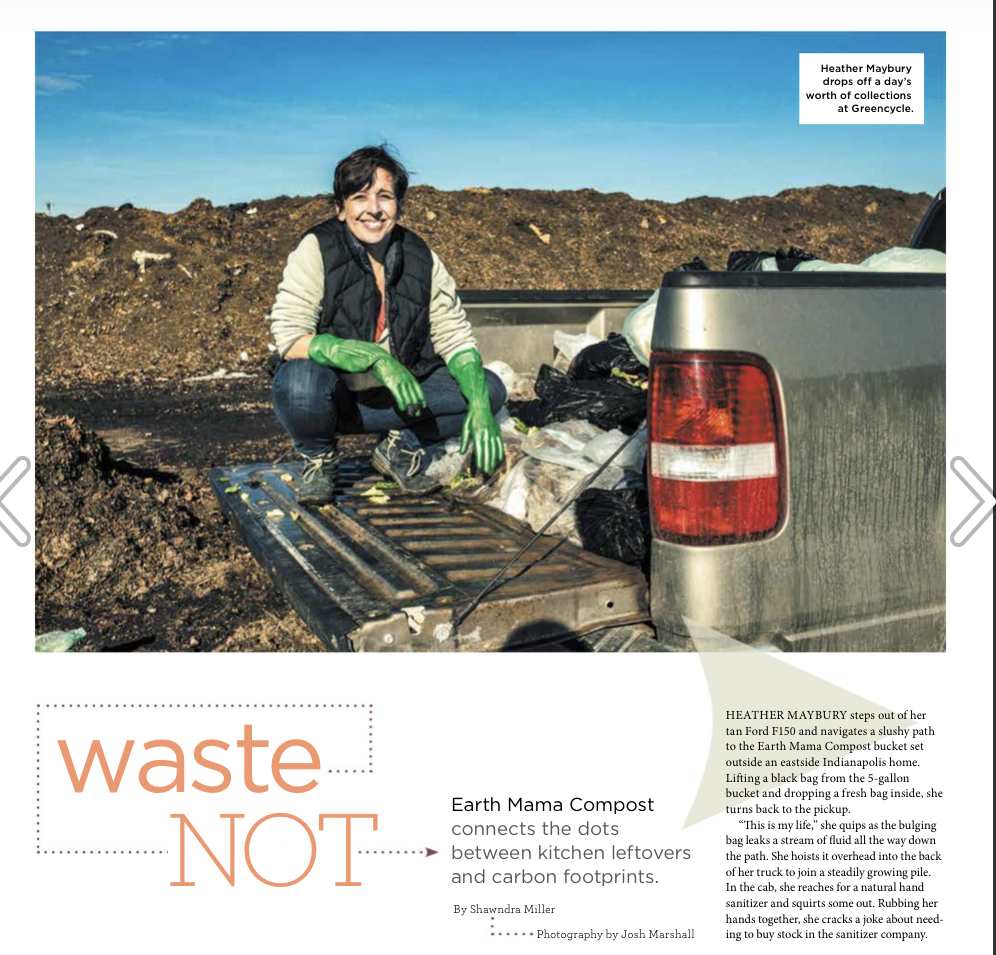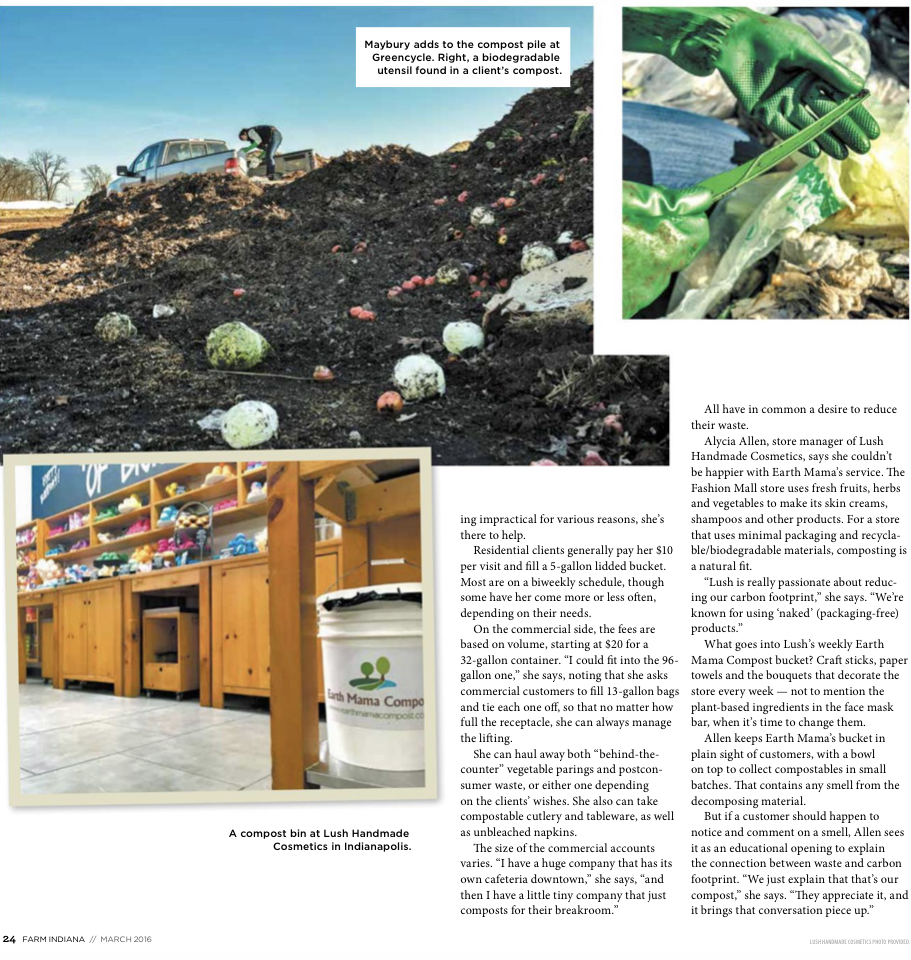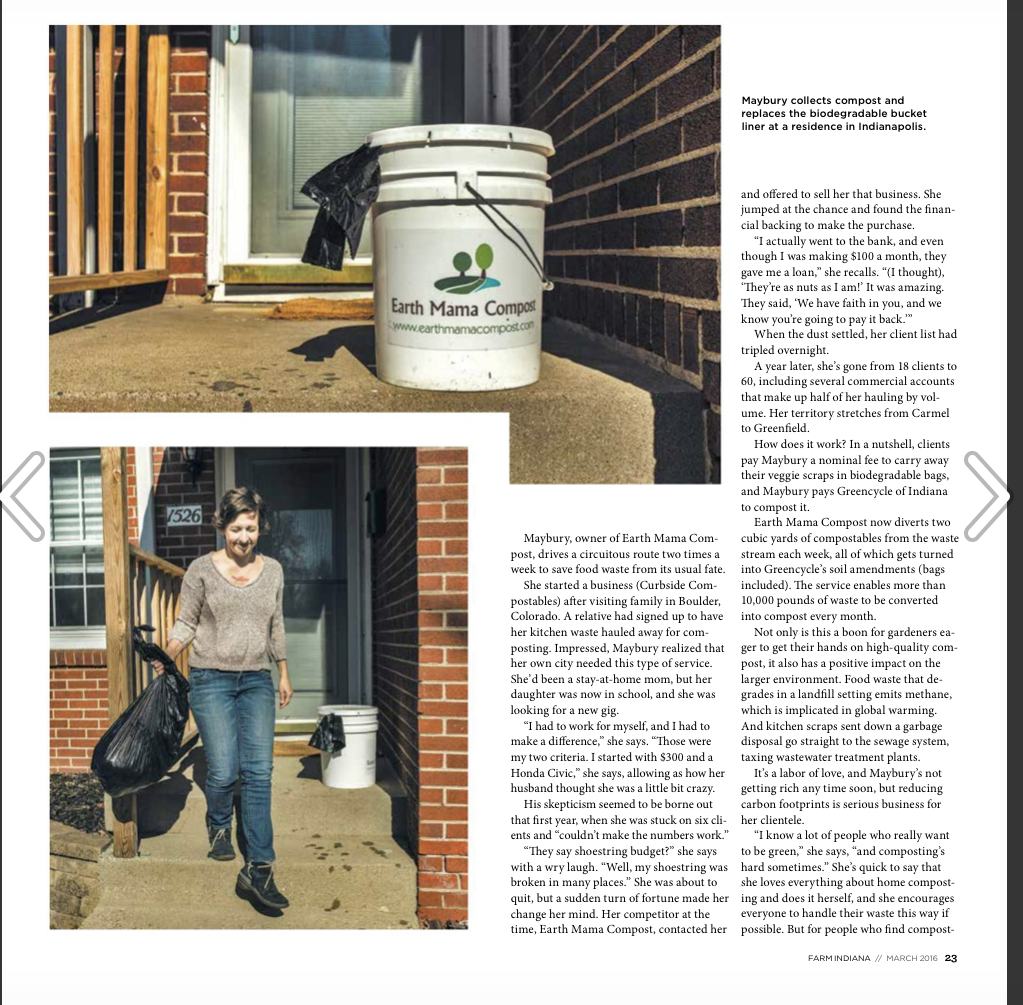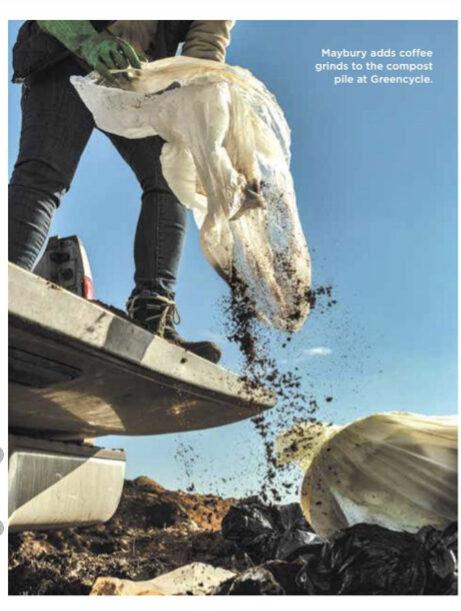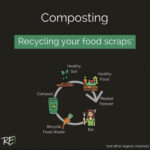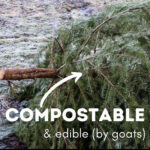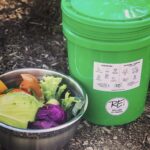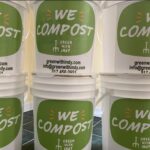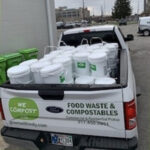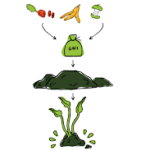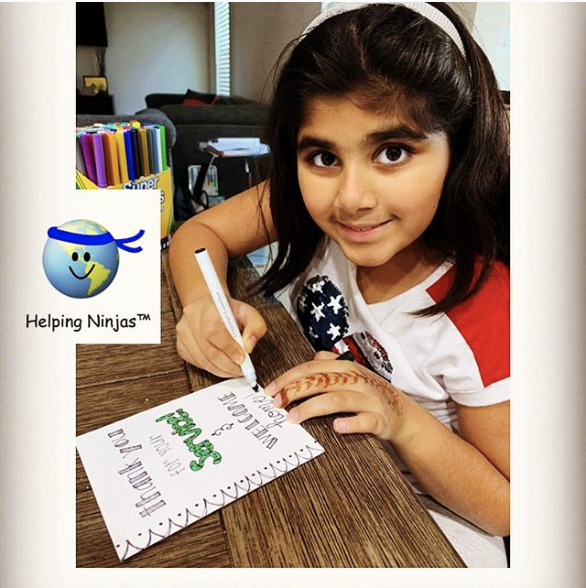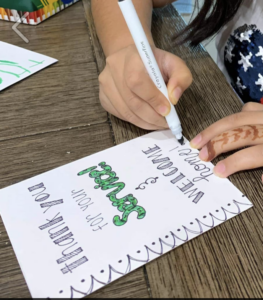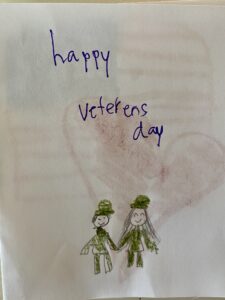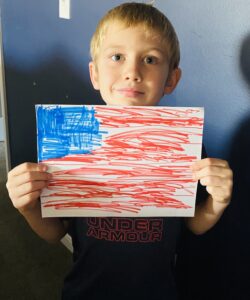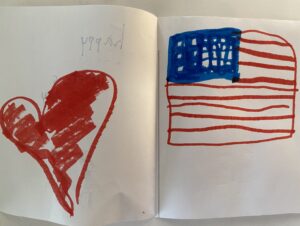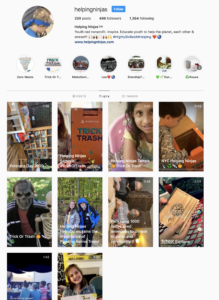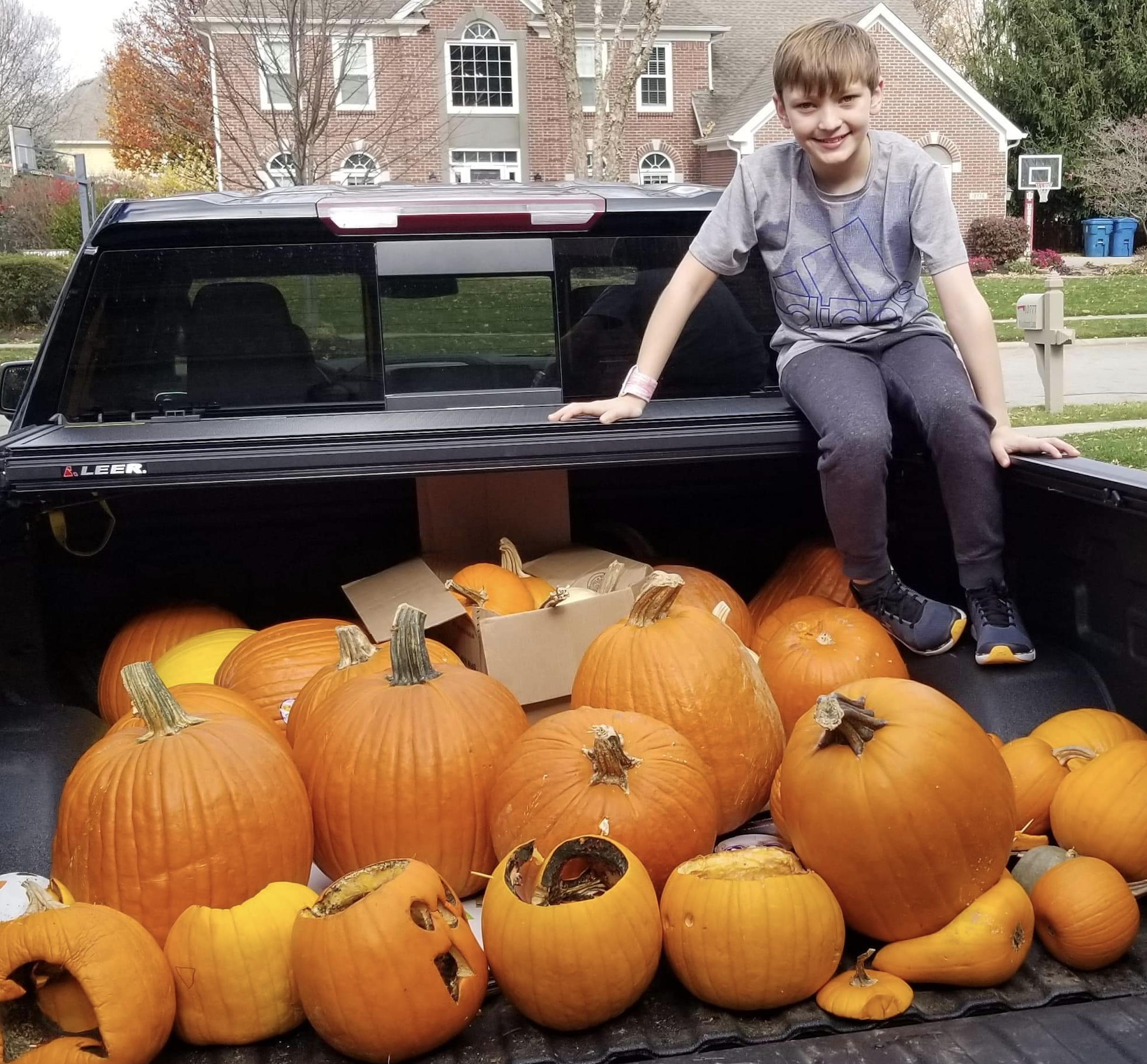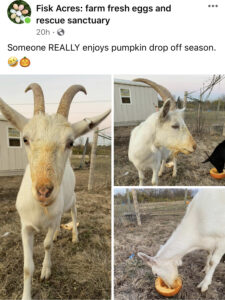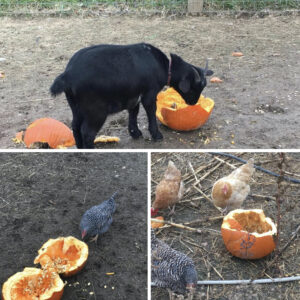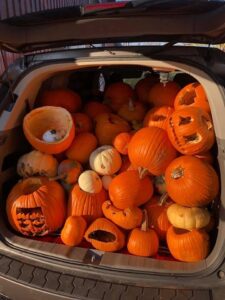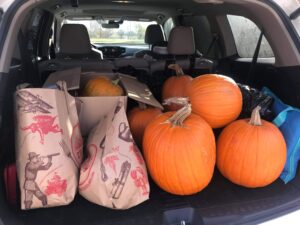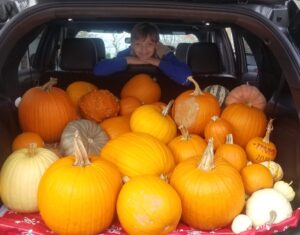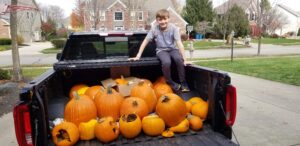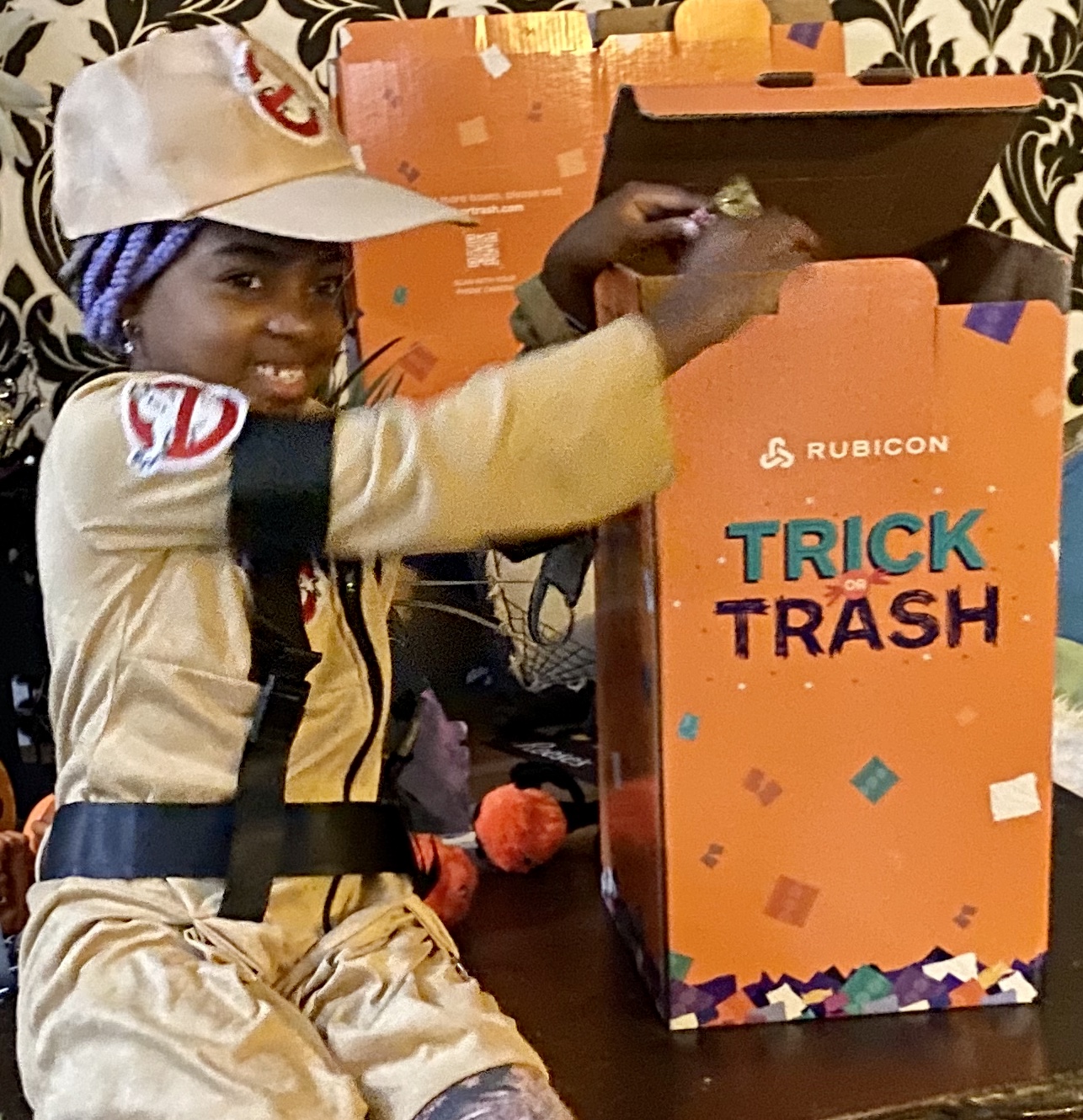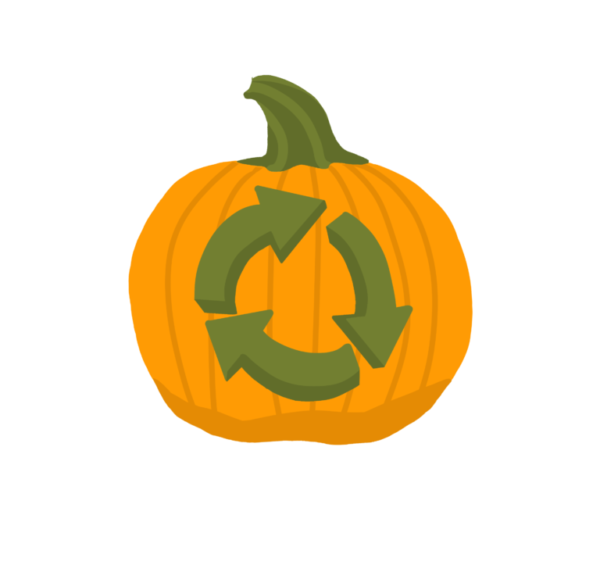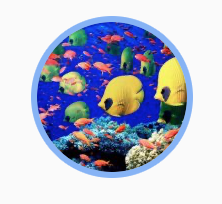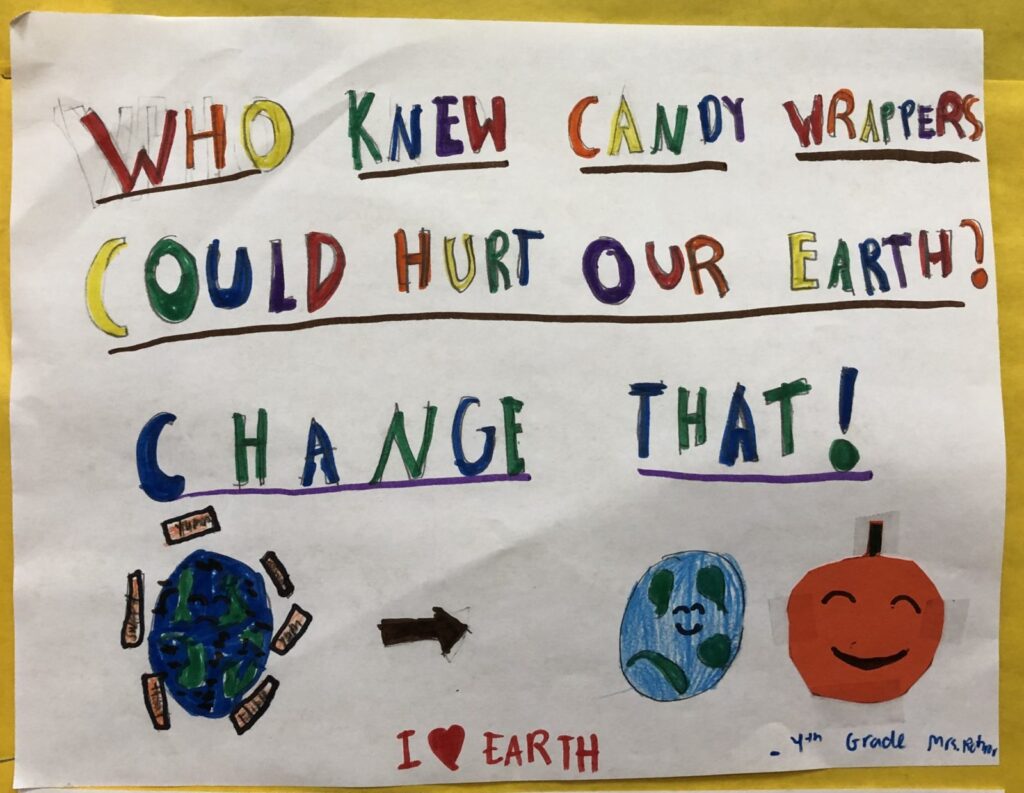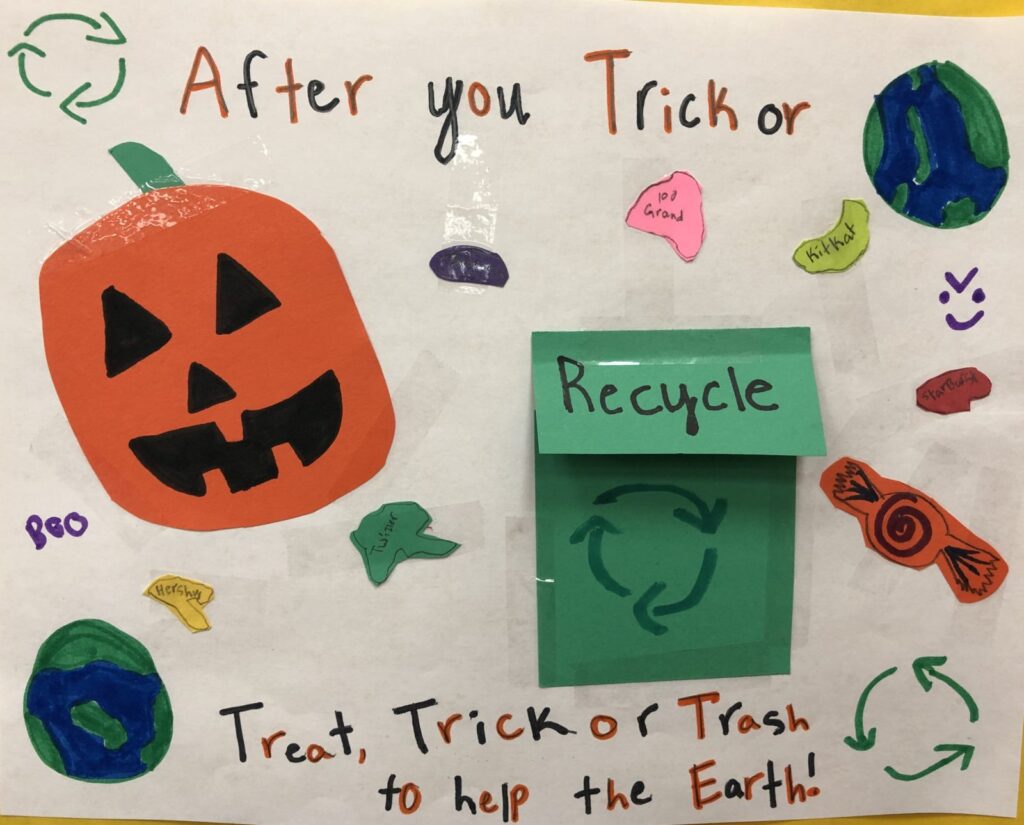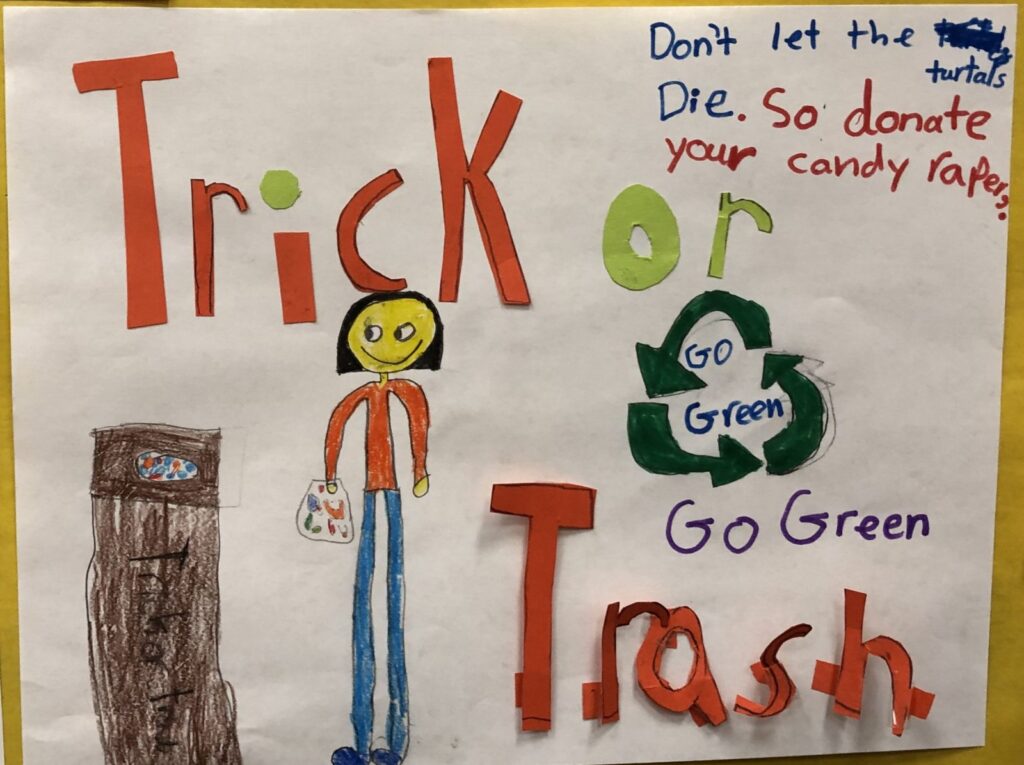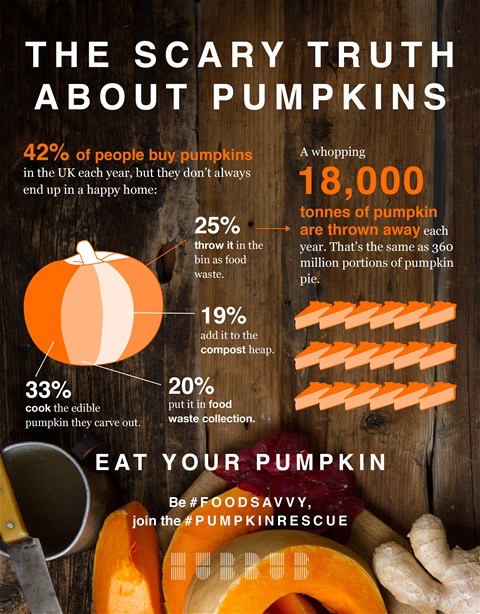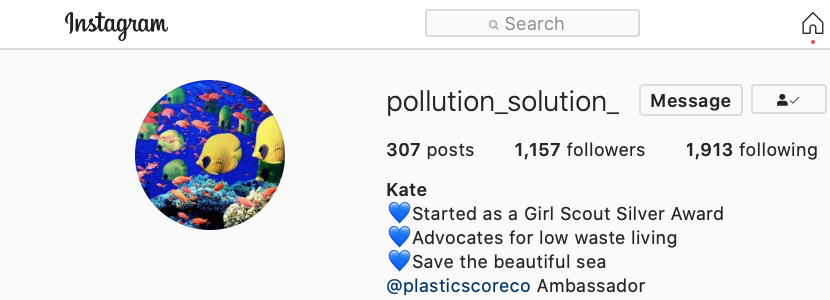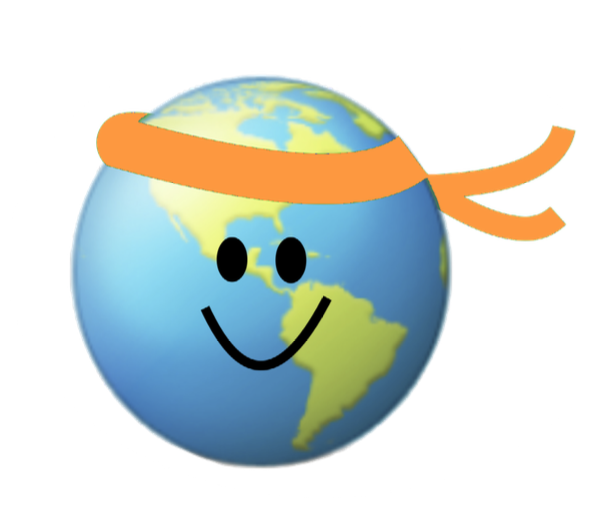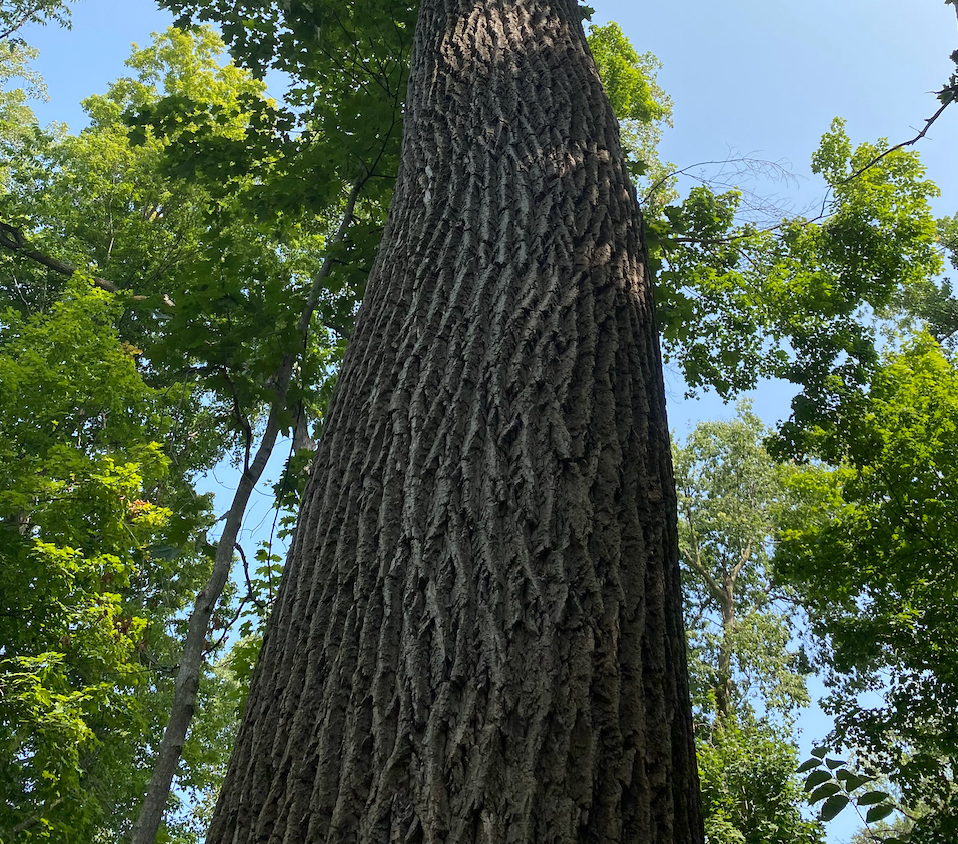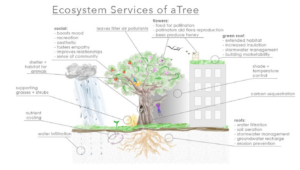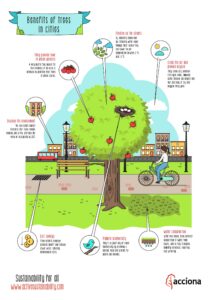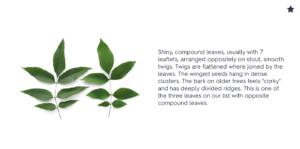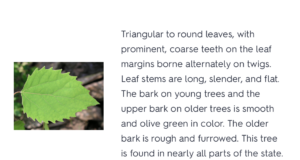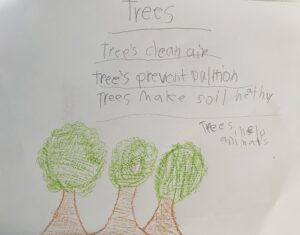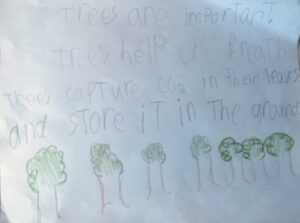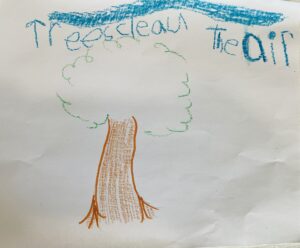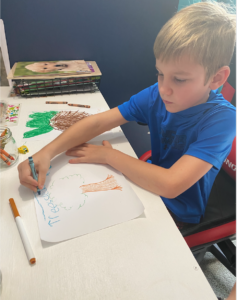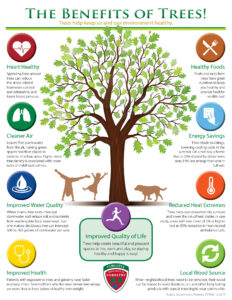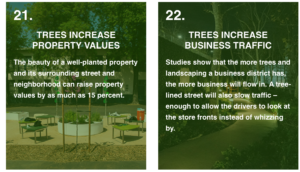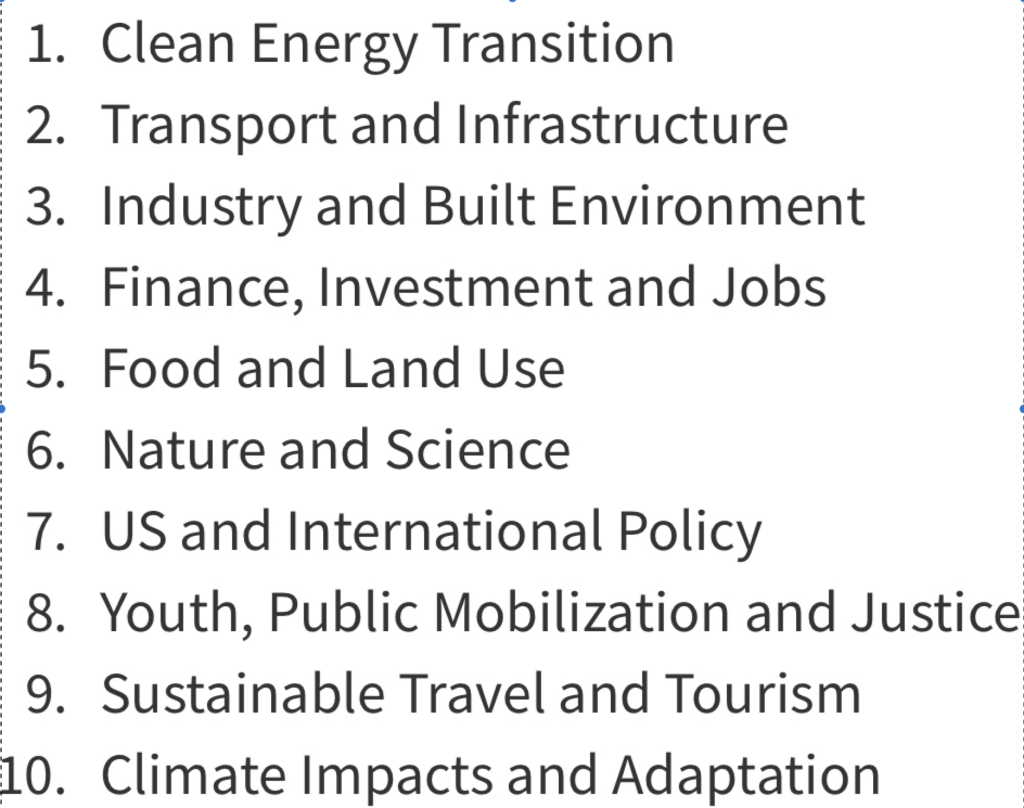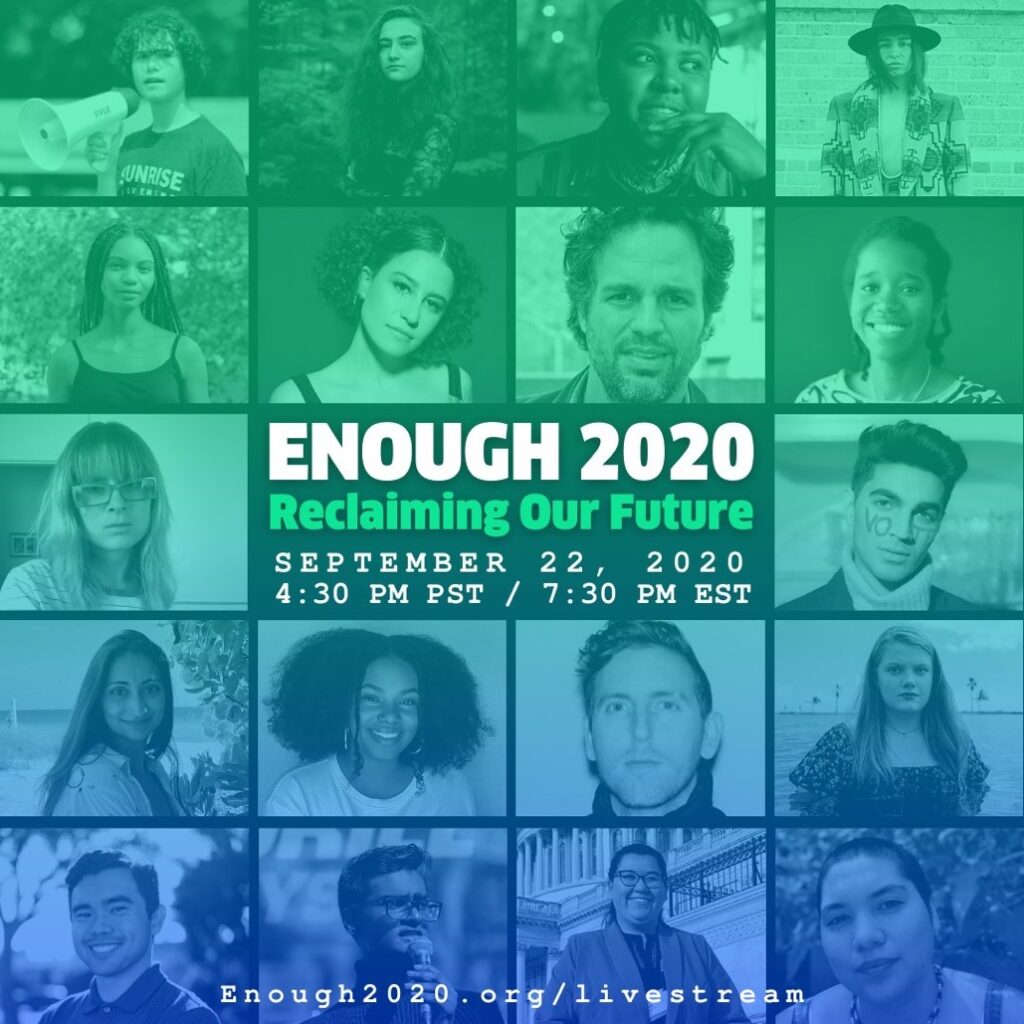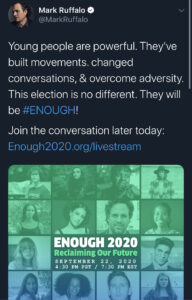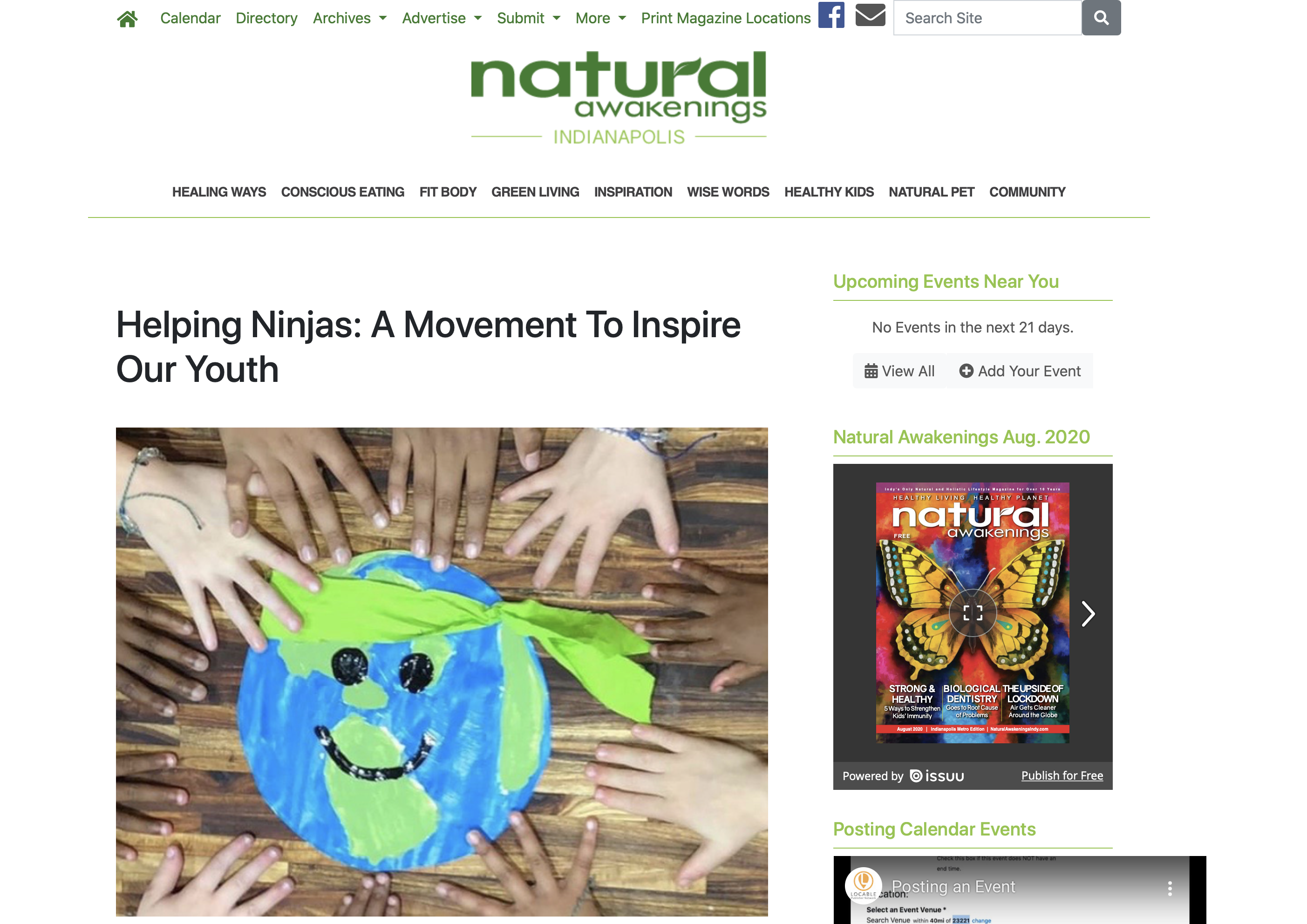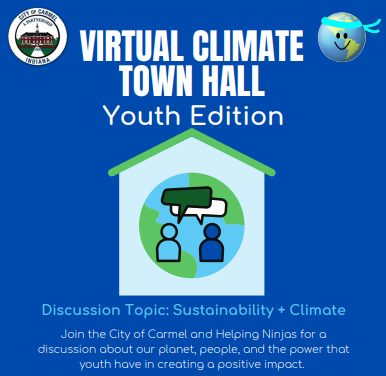The importance of composting. What it is and how you can start.
Helping to eliminate food waste is simple and effective. You can make a difference today and can impact the world tomorrow.
About one third of all food produced worldwide is either lost or wasted. It makes up about 30% of what is “thrown away.” Waste scraps of food are sent to landfills where they will rot and produce methane gas and is more potent than carbon dioxide. Composting is one way to solve this problem and is natures way of recycling. And, it’s easier than you think.
DIY compost bins or piles or compost services can be a surprisingly inexpensive and a fun family, neighborhood, student or school project.
From the Experts
Helping Ninjas sat down with three composting service company owners, all helping to reduce food waste and passionate about what they do.
Here is what they had to say about the importance of composting and how each of their companies can help!
Earth Mama Compost
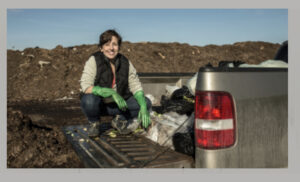
Each week, this woman-owned, compost-hauler business in the Midwest, collects two tons of food waste. Approximately 75% comes from residents.
Heather Maybury owner of Earth Mama Compost, wants citizens to have an option and is empowering community members to make a change, “If we choose to discard of food waste into the landfills, it will remain for decades emitting carbon dioxide and methane gas. Composting food waste can reduce the burden on our landfills up to 20%.”
According to an EPA report in 2014, 56 % of food waste in the U.S. was residential.
“When you compost, it ensures the plants grow at an optimal rate, plants will not get as large as they would with use of synthetics fertilizer, and that’s actually a good thing. Fast growth creates a weak cell structure in plants and makes them more supple to disease. Compost creates vibrant, stronger, more nutrient rich plants.”
Heather Maybury, Owner, Earth Mama

When visiting Colorado, Heather saw a similar company operating and thought that Indiana needed one too. She started a former composting company in 2009: Curbside Compostables, before purchasing Earth Mama in 2012.
“After doing the research, then finding out food waste doesn’t breakdown in the landfill and adds to the pollution in the atmosphere—I knew I had to do something.”
To date, Earth Mama Compost has rescued over 93,000 lbs. of food waste!
Earth Mama Compost services Boone County, Marion County, Carmel in Hamilton County, and on the Southside of Indianapolis in Greenwood.
100% the compostable waste goes to GreenCycle.
For more information about the company, price for services, and general composting tips: Earth Mama Compost or contact: Info@EarthMamaCompost.com
Heather at Earth Mama is a Helping Ninja. “All hands up” for efforts to help lead the way and pave a path to a greener future in the state of Indiana. 🙌🙌🏿🙌🏾🙌🏼🙌🏽
Earth Mama and Helping Ninjas collaborate on student-led composting projects.
Examples: School compost pilots and program, youth and community education and outreach, opportunities for youth and families to compost.
If you are interested in starting to compost, whether it be at home, in your neighborhood, at school or with your friends contact: info@kidscompost.com.
RE317
“We have the power to do something over nothing—what we do matters. Many things in life are circular, by teaching our children to be good stewards of the earth it will last a lifetime.”
Nicole Pasquerelli, Owner RE317

RE317 launched in September of 2020 and so far has saved 3,500 pounds of pumpkins, composted over 1000 lbs of food waste — this is equivalent to saving 212 gallons of gas for the average car to drive 5,000 miles.
Currently RE317 services Hamilton County Indiana and other areas by request. Visit RE317.com for more information about current and future services, or contact: Nicole@RE317.com
Nicole and her family plants trees on the one year anniversary of the person who signed up for services. The service member will also receive an impact report twice a year, as well as getting a free 5-gallon bin of finished compost in the spring.
Nicole has big dreams for the company. She wants to be able to work alongside other local small businesses, bring employment opportunities to military veterans, enhance their green service by offering more products for the community – and hopes to inspire and teach children about composting along the way.
🙌🙌🏿🙌🏾🙌🏼🙌🏽 All hands up for RE317! Nicole and her family are Helping Ninjas! Helping Ninjas applauds their efforts and extends gratitude for efforts to help our planet!
Green With Indy
Green With Indy is a year-round compost pickup service dedicated to residential areas and commercial businesses in Indianapolis and surrounding areas, including some of Indy’s favorite foodie restaurants.
Founded and designed by the Herron School of Art + Design students in 2017 all whom shared a vision to be good stewards of the Earth and enrich the communities of Indianapolis with an easy disposal of their food waste.
The students work with the local communities of Indianapolis by offering their services to both residential and commercial areas of business. Green With Indy services events and special occasions. All of the compost picked up goes straight to GreenCycle of Indiana, where it is then turned into a rich soil to utilize in growing local and wholesome garden table vegetables.
“How does composting save the soil? We can prevent leachate from poisoning our soil by composting the biodegradable materials. Composting is an acceleration of the same process nature uses to decompose organic materials into a rich material, known as compost. By composting, you are returning nutrients back into the soil in order for the cycle of life to continue.”
Green With Indy
🙌🙌🏿🙌🏾🙌🏼🙌🏽 A Helping Ninja all hands up for the students and partners of Green With Indy! Check our their helpful composting guide and to learn more: Green With Indy, or contact: info@greenwithindy.com
Submitted By:
Briar Woods, Volunteer Writer, they/them/theirs
Article Edited and Posted by Helping Ninjas™
Kids Compost
Helping Ninjas believes everyone should have the means to compost their food waste and help to eliminate food waste. Helping Ninjas Kids Compost brings kids and families together, learning how to compost and helping the planet.
Helping Ninjas is committed to bringing the awareness to the importance of composting and education to youth around the world and opportunities to compost firsthand. Providing both opportunities for children to learn about compost and opportunities to experience it and connect with local compost companies and even start a neighborhood compost of their own or at school, visit KidsCompost.com.
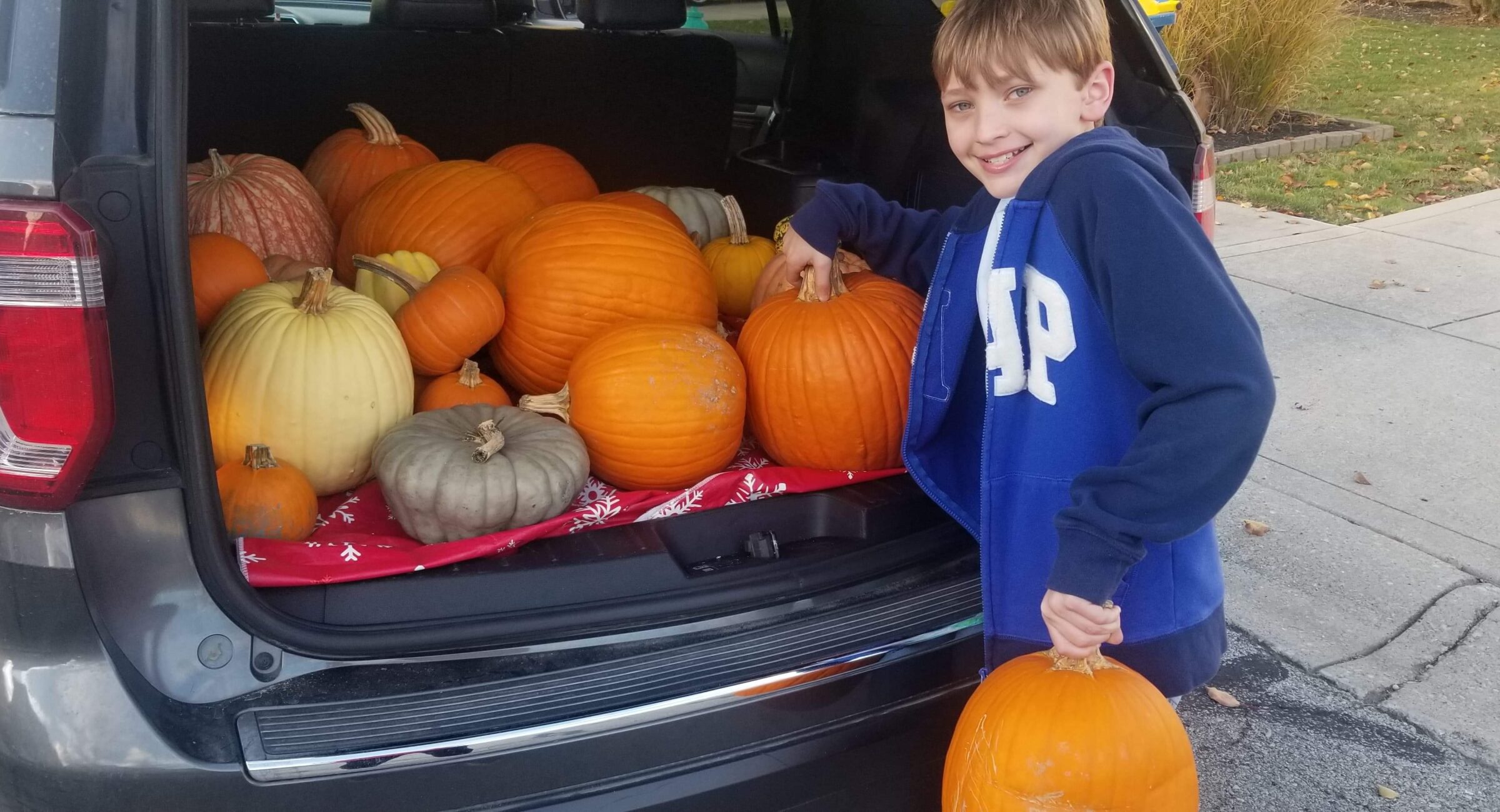
Get involved with your community and reduce food waste and create sustainable futures for generations to come — sign up today for Kids Compost and begin your journey to living sustainably!
Visit KidsCompost.com to learn more information about composting and home and DIY projects.
© All rights reserved. 2020. Helping Ninjas™

